Ten years ago, I was trying to quit smoking, and I’d done a week with no tobacco. I’d also been reading an old paperback of Joseph Campbell’s classic book, The Hero With a Thousand Faces, (Bollingen Foundation, 1949) about the Monomyth. Somehow (not being an English major) I’d never read it before. And I began thinking I could use it to help design my next novel—which would turn out to be Frek and the Elixir.

Campbell has 17 stages in the Monomyth, that he breaks into three acts: Departure, Initiation, and Return. The overall arc is fairly clear. A hero or heroine goes to a special place, is transformed, gets something magical, an brings it back.
Departure–
1. Call to Adventure.
2. Refusal of the Call.
3. The Helper (Supernatural Aid).
4. Crossing the First Threshold.
5. The Belly of the Whale.
Initiation
6. The Road of Trials.
7. Meeting with the Goddess.
8. Woman as Temptress.
9. Atonement with the Father.
10. Apotheosis.
11. The Ultimate Boon.
Return
12. Refusal of the Return.
13. The Magic Flight.
14. Rescue from Without.
15. Crossing the Return Threshold.
16. Master of Two Worlds.
17. Freedom to Live.
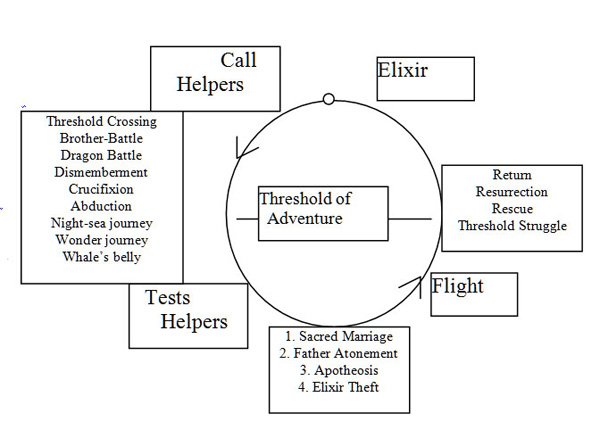
Campbell views the Monomyth as an ongoing process that can repeat itself over and over and over in a person’s life, a Monomyth cycle. Indeed each day is in some degree a circle around the Monomyth, I’ve started thinking, perhaps even each hour or each breath. The cycle has four stages that might be labeled: Call | Tests, Flight | Elixir, with the “|” indicating passage across the Threshold.
A number of women have remarked to me that the monomyth is sexist and that I should think of a version based on a heroine instead of a hero. There’s discussion of this point in the critical literature as well. I’ll make some remarks about a Monomyth for a heroine further down the page.
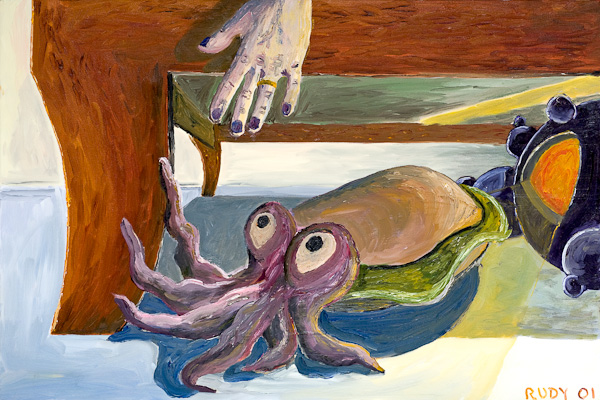
How I Decided to Use the Monomyth for Frek and the Elixir
On April 20, 2001, as a reward for not smoking, I’d meant to drive to Santa Cruz and go biking, but it was raining too hard, and I stopped at the summit of the Santa Cruz Mountains on Rt. 17. I did a U-turn and went into a road-stop pizza-restaurant I’d never been in. Doing the turn I was slightly uneasy about the attention paid me by a lurking highway patrolman.
The inn was rustic and cozy. Oakslab table top, rocky walls, pot-belly stove, five Latinos off work for the day playing pool. With Campbell in mind, they took on a mythological status, as if they were a troop of Nibelungen gnomes. The Chinese innkeeper and his wife seemed mythic as well, not quite friendly, the same kind of innkeepers found in tales from earliest times.
I sat there taking it in, hand-writing some notes on Campbell that I typed out above. I thought of a tripping acidhead I’d met at a party in Mill Valley saying, “Let’s be mythic.” How trippy it indeed is to see the world as the working of the Monomyth.

My Boon just then was a Styrofoam cup of coffee I got from the Goddess and Father, i.e. the innkeeper and his wife. The policeman who might have questioned me as I made my turnaround in my car was a Guardian. I decided I’d like to write a novel that is explicitly a seventeen-chapter Campbell Monomyth. I’d set it in the year 3000.
And, thinking ahead a little…I realized that he Helper could be the little dwarf or magic animal of fairy tales. The Helper gives the hero a magic tool like a cloak or an amulet. I was seeing my hero Frek’s Helper as a cuttlefish. “Demure” just like Kerouac always calls Dean Moriarity.
I’d viewed some cuttlefish at the Monterey aquarium only a few days earlier, and the cuttles did indeed look demure, their bunched tentacles pointing tidily down, their hula-skirt a wavering about their middle. Neal Cassady as a cuttlefish, yas. Actually, however, my Frek’s Helper turned out to be a grulloo, who was indeed like a gnome.
Synchronicity alert: the name of the roadhouse where I committed to using Campbell’s 17 stages of the Monomyth for my novel design was…Casa de 17.
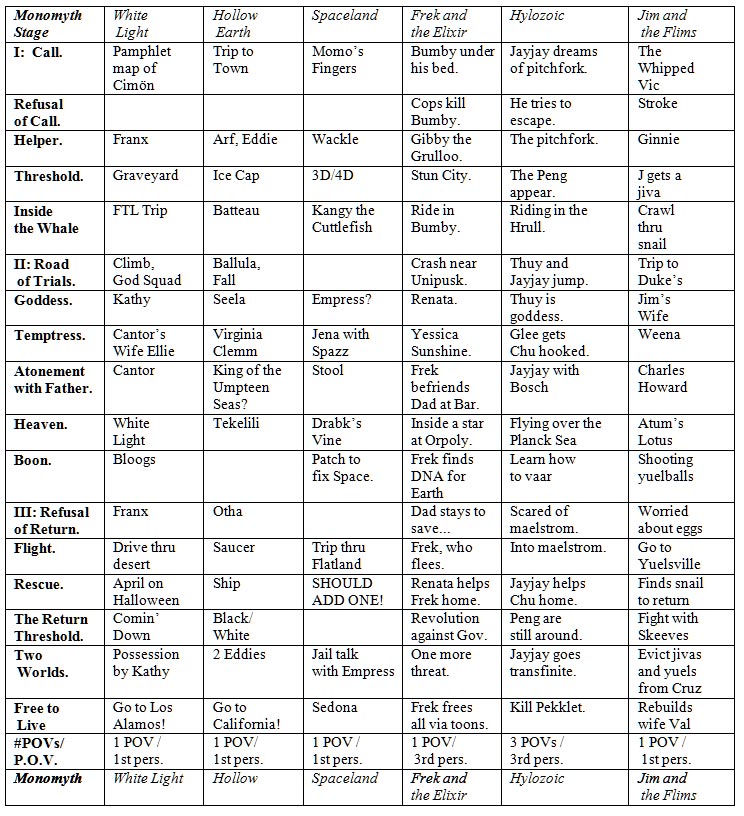
The Monomyth in my Other Novels
After I wrote Frek and the Elixir, I realized that, if closely examined, most of my novels seemed to have a Monomyth structure. I mapped this out for some of them, although inevitably one could argue about nearly every entry. I never did get around to fitting all of the novels into the table. (Grad students! Looking for an easy thesis in Science Fiction Studies? Expand upon the table shown above!)
One thing about Campbell’s Monomyth that initially struck me as odd or even ludicrous was the “Belly of the Whale” stage. I mean, up to then it’s fairly reasonable, just things like the Call, the Helper, and so on. And then suddenly a Belly of the Whale?!?!
But, in examining my novels, I saw that the Whale thing really does come up very often. It’s an archetype that I myself use in perhaps every one of my books. The charcter gets inside something and they go somewhere. Inside an alien, inside a UFO, inside a force field.

[Painting by Sylvia Rucker, “Kate Croy,” acrylic, 12” x 17”, 1975]
Monomyth for a Heroine
I mentioned above that we need to think about the Monomyth for a heroine. Campbell doesn’t work this out in his book, although I would suppose that he talked about it in his seminars. Certainly the hero and heroine archetypes overlap, but you would at least have to change the “Nursery Triangle” stages:
Man: 7. Goddess —> 8. Temptress —> 9. Atonement with the Father
Woman: 7. Divine Bridegroom (Prince Charming) —>
8. Seducer Shows True Colors: Bully, Abuser, Bluebeard —>
9. Atonement with the Mother
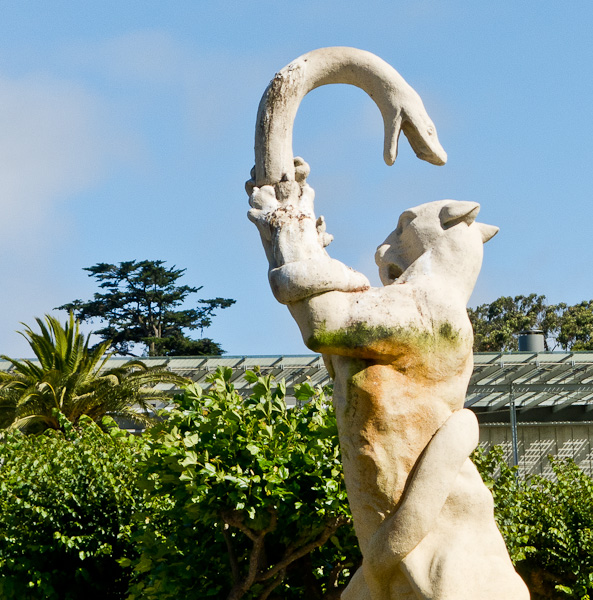
More detail on changing the three stages 7, 8, and 9 so as to tailor the Monomyth to fit a heroine instead of a hero:
7. The Goddess || the Bridegroom] The Goddess: The nurturing mother, viewed at a higher plane than sexuality. I have the mental image of a mother I saw with her baby alone on the beach at Lover’s Cover in Pacific Grove near Monterey. “Just Mommy and Me.” Possibly goddess appears as an ugly or perhaps “dead” woman whom you kiss to deliver and make beautiful. And the the two mother aspects are united, the nurturer and the sex partner: The Wife. For a heroine, you’d switch this to a caring, but distant, father brought close. The ideal suitor.
8. The Temptress || The Tyrant Coupled with or based on or evoking a disgust with the flesh. The punishing, ignoring, sexually active mother. The wife when you’re tired of her and she’s tired of you. The Millstone, the Termagant, the Virago, the Quagmire. For a heroine, this is the Rapist or Pimp, the one who exploits sex against its natural purpose of love and procreation. The Abusive Husband.
9. Atonement with the Father || Atonement with the Mother. The father or mother may appear as a beggar. Or even ogre as in “Jack and the Beanstalk.” True success is peace with father (mother), not their destruction. You get power.
And maybe there are other changes. One would have to look carefully at a bunch of myths about heroines. Persephone comes to mind, with her task of separating millet from sand and the ants who help her. And what about Virgin Mary? In the story of the Virgin Mary, the big deal is having that divine son. Is there anything like that in the Myth of the Hero? Maybe equate the Divine Son with the Ultimate Boon? Or is the Virgin Mary an anomalous tale?
Perhaps a completely different sequence of stages than what Campbell uses would be a better fit for a womanly Monomyth. In this context, I’ll mention The Heroine’s Journey by Maureen Murdock.
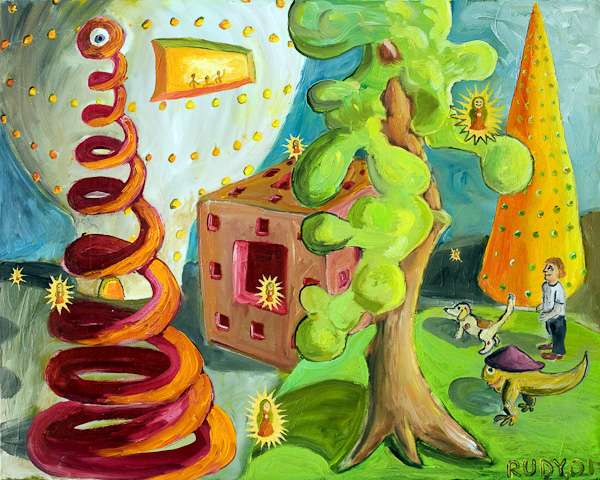
A Frek 2?
You can find more of my thoughts about specific stages of the Monomyth in my Writing Notes for Frek and the Elixir, available as a free PDF on my Writing page.
Looking ahead, near the end of the Monomyth, we have Stage 14. Master of Two Worlds. I see the Higher Kingdom as a hidden aspect of our world. The character has ongoing lasting access to the Beyond. The two worlds become one. The character presents an elixir which heals and restores the world— for now.
And then, 15. Freedom to Live, the character becomes an anonymous wanderer. His or her work continues. Life goes on. And then…
The Sequel! So the reason I’m doing this mental exercise is that I’m considering a sequel to Frek and the Elixir.

In 2005, I was thinking of doing a Frek sequel, and discussing it with my Tor editor, David Hartwell, and kind of bemoaning the fact that I’d used the Monomyth and that now I wouldn’t know how to structure the sequel. And Dave was like “It’s the Monomyth, Rudy. That means you use it over and over and over!”
Aha.









August 26th, 2011 at 8:59 pm
birthdaypattern for 17: 4+9+4 “casket”